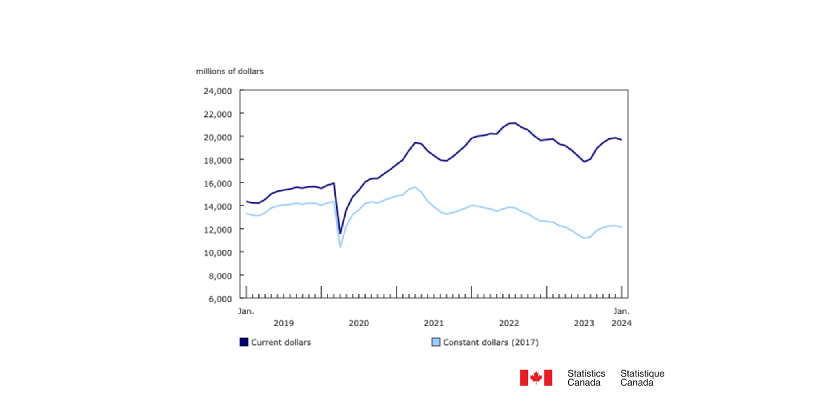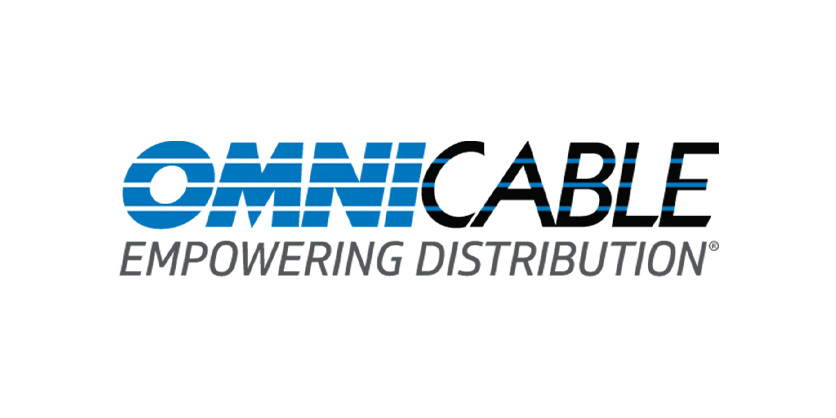New Manual Helps Electrical Contractors Position Themselves as Integrators

Dec 10, 2018
The low voltage market is more profitable than the traditional electrical market: in some cases twice as profitable or greater. This key finding comes from research commissioned by Electri International — The Foundation for Electrical Construction. The research also found that almost half of all electrical contractors expect the low voltage market to double in the next five years. The conclusion? The low voltage market represents a significant area of growth in revenue and profitability that electrical contractors are well positioned to enter to their advantage.
For the purposes of Electri International’s research, “low voltage systems” refers to those systems that would normally fall into the low voltage or extra low voltage category, all of which usually rely on a form of networking architecture.
With the growth of these low voltage systems, the electrical contracting industry is responding by cross-training its electrician base with technical and engineering skills related to low voltage systems, as well as hiring new low voltage technicians.
Electrical contractors continue to face the challenge of an evolving technological marketplace that requires new skills, different organizational structures to support skills and new project types, client demands for increased services and efficiency, and manufacturers introducing new systems that allow for competition by non-licensed contractors as well as by manufacturers themselves.
A new manual resulting from Electri International’s research project helps guide contractors towards a low voltage systems strategy by answering three questions: which markets, which verticals, and what competitive differentiators? Excerpts from the guide appear below.
The research project first evaluated major trends driving the low voltage systems market, and secondly, collected in-depth contractor specific information on how to capitalize upon these trends.
The resulting manual provides
• an overview of the market
• market strategies and go-to-market options
• suggestions on how contractors could set up their low voltage systems organizations, and what tools are required to perform the work
• possible scope of contractor services
Low voltage systems include:
• access control and intrusion detection
• CCTV systems
• fire alarm systems
• building controls (HVAC controls/lighting controls)
• telephone and network infrastructure
• public audio / visual display systems
• low voltage energy systems (including Power over Ethernet elements)
• security systems (inclusive of CCTV, access controls, intrusion detection)
• life safety systems (fire alarm/mass notification)
• facility management (building controls, telephone and network infrastructure, lighting controls)
• building energy management (low voltage DC systems, Power over Ethernet)
The manual concludes that having the right strategy, organization, and culture to support low voltage systems work is equally as important as having a skill set in a technology. Low voltage systems are constantly evolving and the skills necessary to procure, install, test, and maintain those systems are mutually interchangeable. What is important is that the organization has a vision and a strategy to compete in the low voltage systems market and embeds that approach within its culture.
The culture of a low voltage systems integrator will exhibit the following:
• systems integration culture as a part of the company leadership
• technically competent engineers and professionals
• early start on integration activities for projects (requirements gathering, coordination with stakeholders, vendor-partner strategies)
• careful management of systems supplier’s scopes
• early involvement with clients and stakeholders on integration activities
• effective communication with all parties
• a performance and service-oriented mentality
Electrical contractors should pursue systems integration work in conjunction with their traditional self-perform installation work, especially where code-level knowledge and requirements exist. By pursuing this work, the electrical contractor already has a jump start in the systems integration aspect. Most electrical contractors already have a base line for installing some ready-to-integrate systems such as fire alarm systems or security systems. These systems can thus become integrated into other systems such as HVAC or facility management.
Existing clients can often provide the best opportunities for additional work in systems integration. Many opportunities exist in the market for systems integration. They take a significant effort to identify, to build a relationship with a potential client, and then to obtain the work. Systems integration with a client for whom a traditional electrical contractor already provides services reduces the cost of pursuing that work and increases profitability.
Request a digital copy of the manual here
Conclusions and recommendations
Having the right strategy, organization, and culture to support low voltage systems work is equally as important as having a skill set in a technology. Low voltage systems are constantly evolving and the skills necessary to procure, install, test, and maintain those systems are fungible (mutually interchangeable). What is important is that the organization has a vision and a strategy to compete in the low voltage systems market and embeds that approach within its culture.
The culture of a low voltage systems integrator will exhibit the following:
• systems integration culture as a part of the company leadership
• technically competent engineers and professionals
• early start on integration activities for projects (requirements gathering, coordination with stakeholders, vendor-partner strategies)
• careful management of systems supplier’s scopes
• early involvement with clients and stakeholders on integration activities
• effective communication with all parties
• a performance and service-oriented mentality
Electrical contractors should pursue systems integration work in conjunction with their traditional self-perform installation work, especially where code-level knowledge and requirements exist. By pursuing this work, the electrical contractor already has a jump start in the systems integration aspect. Most electrical contractors already have a base line for installing some ready-to-integrate systems such as fire alarm systems or security systems.
These systems can thus become integrated into other systems such as HVAC or facility management. NFPA 72, the National Fire Alarm and Signaling Code, allows for security systems to be integrated with fire alarm systems, providing additional reasons to clients for why the systems integration should be performed by the installing electrical contractor.
Existing clients can often provide the best opportunities for additional work in systems integration. Many opportunities exist in the market for systems integration. They take a significant effort to identify, to build a relationship with a potential client, and then to obtain the work. Systems integration with a client for whom a traditional electrical contractor already provides services reduces the cost of pursuing that work and increases profitability.
Request a copy of the research report here



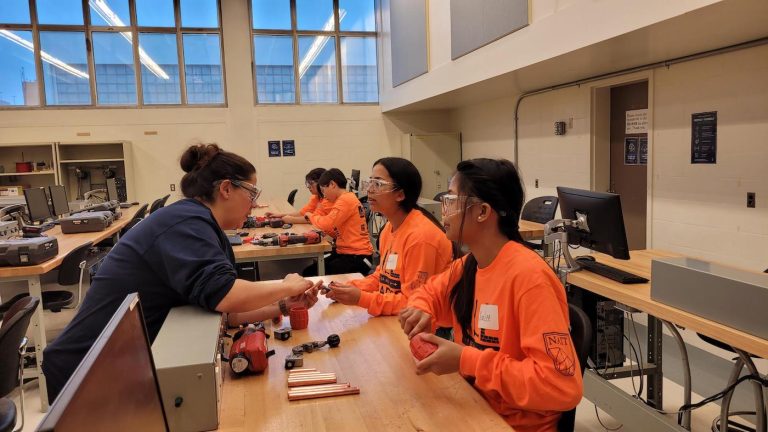



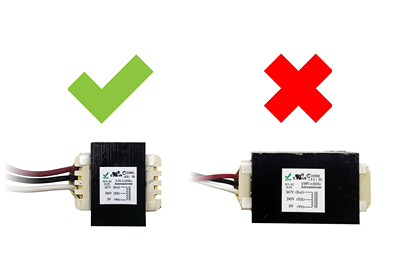

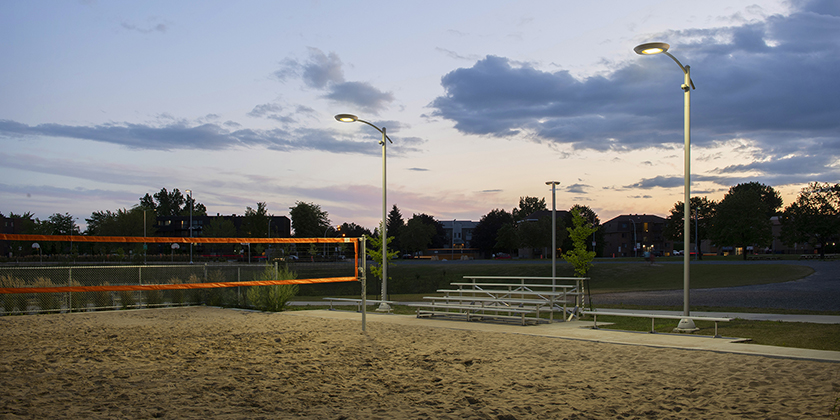
![Guide to the Canadian Electrical Code, Part 1[i], 26th Edition – A Road Map: Section 10 – Grounding and Bonding](https://electricalindustry.ca/wp-content/uploads/2022/11/Guide-CE-Code-2.png)
